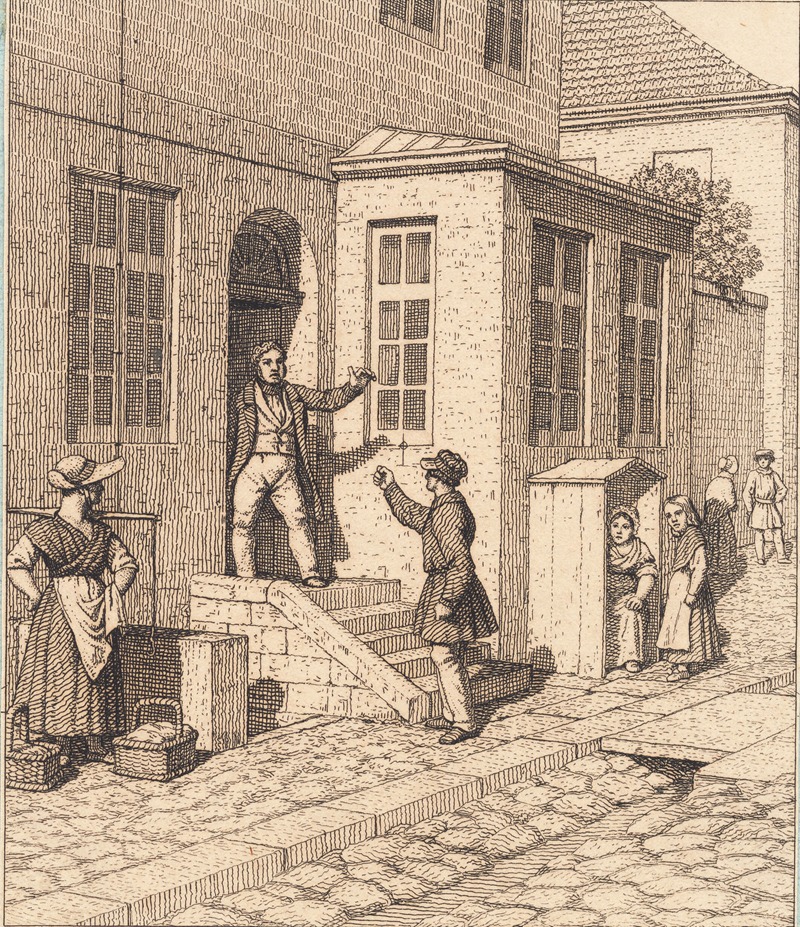
En gadescene Illustration til Linearperspectiven , Tavle VII
A hand-painted replica of Christoffer Wilhelm Eckersberg’s masterpiece En gadescene Illustration til Linearperspectiven , Tavle VII, meticulously crafted by professional artists to capture the true essence of the original. Each piece is created with museum-quality canvas and rare mineral pigments, carefully painted by experienced artists with delicate brushstrokes and rich, layered colors to perfectly recreate the texture of the original artwork. Unlike machine-printed reproductions, this hand-painted version brings the painting to life, infused with the artist’s emotions and skill in every stroke. Whether for personal collection or home decoration, it instantly elevates the artistic atmosphere of any space.
Christoffer Wilhelm Eckersberg, often referred to as the "father of Danish painting," was a pivotal figure in the development of Danish art in the 19th century. Born in 1783 in Blåkrog, Denmark, Eckersberg played a significant role in shaping the Danish Golden Age of painting. His works are renowned for their clarity, precision, and adherence to the principles of linear perspective, which he mastered during his studies in Paris and Rome.
One of his notable works is "En gadescene Illustration til Linearperspectiven, Tavle VII," which translates to "A Street Scene Illustration for Linear Perspective, Plate VII." This piece is part of a series of instructional illustrations created by Eckersberg to demonstrate the principles of linear perspective, a technique that allows artists to create the illusion of depth and space on a flat surface. Linear perspective was a critical component of Eckersberg's teaching methodology during his tenure as a professor at the Royal Danish Academy of Fine Arts, where he influenced a generation of Danish artists.
The artwork itself exemplifies Eckersberg's meticulous approach to composition and perspective. It depicts a street scene, carefully constructed to guide the viewer's eye through the use of converging lines that meet at a vanishing point on the horizon. This technique not only creates a sense of depth but also organizes the spatial relationships between the various elements within the scene. Eckersberg's use of linear perspective was not merely a technical exercise but also a means to achieve a greater sense of realism and order in his work.
Eckersberg's dedication to the principles of linear perspective was part of a broader movement during the 19th century that sought to reconcile the scientific understanding of space with artistic representation. His work in this area was influenced by his studies under Jacques-Louis David in Paris, where he was exposed to the Neoclassical style and its emphasis on clarity, order, and rationality. This influence is evident in "En gadescene Illustration til Linearperspectiven, Tavle VII," where the precise arrangement of architectural elements and figures reflects a harmonious balance between art and science.
Throughout his career, Eckersberg produced a wide range of works, including portraits, landscapes, and historical scenes. However, his contributions to the understanding and teaching of perspective remain one of his most enduring legacies. His instructional illustrations, including "En gadescene Illustration til Linearperspectiven, Tavle VII," were used as educational tools to train young artists in the fundamentals of perspective drawing, ensuring that his methods and insights continued to influence Danish art long after his death in 1853.
Eckersberg's impact on Danish art cannot be overstated. His commitment to technical excellence and his role as an educator helped establish a foundation for the Danish Golden Age, a period characterized by a flourishing of artistic talent and innovation. His works, including his perspective illustrations, are preserved in various collections and continue to be studied for their technical brilliance and historical significance.





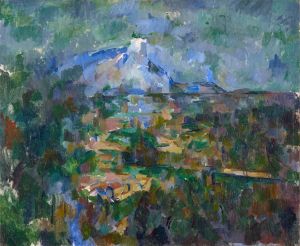
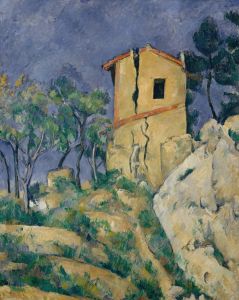
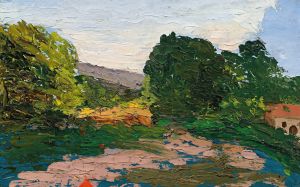
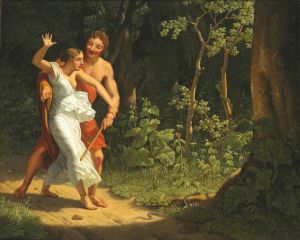
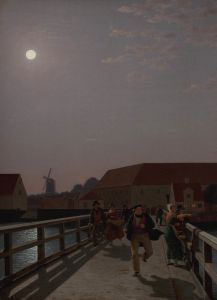
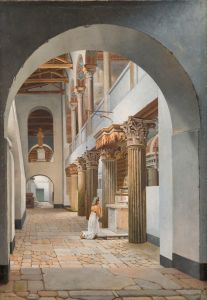

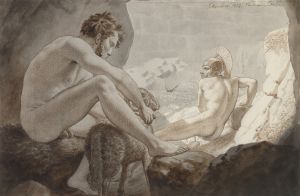
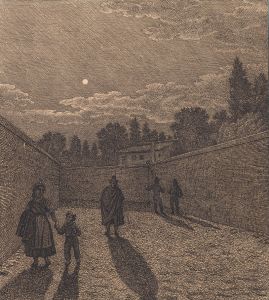
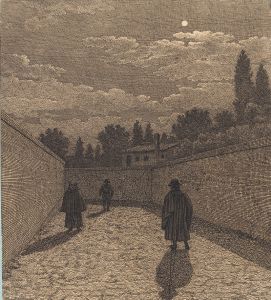
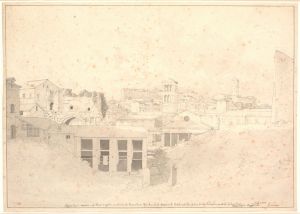
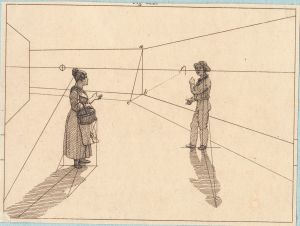
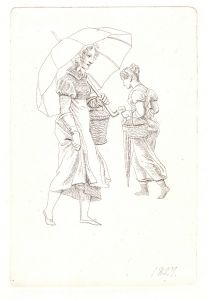
![Interior design sketches for Alamac Hotel, 71st and Broadway, New York, NY.] [Incomplete interior perspective of a bathroom](/imgs/249364/s/winold-reiss-interior-design-sketches-for-alamac-hotel-71st-and-broadway-new-york-ny-incomplete-interior-perspective-of-a-bathroom-32ad90aa.jpg)